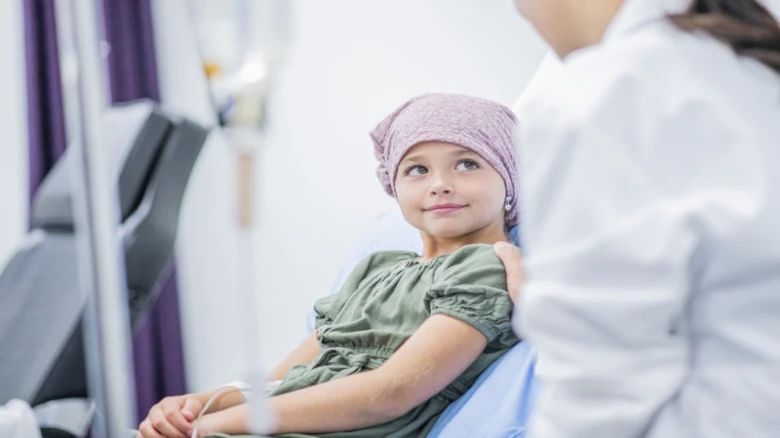Regional

Children suffering from leukemia may experience fatigue, fever, night sweats, infections, trouble breathing, pale skin, unintentional weight loss...
Digital Desk: Leukemia is a type of cancer that affects the body's blood-forming tissues, as well as bone marrow and the lymphatic system. It is commonly detected in children. Leukemia happens when the DNA of a single cell in the bone marrow changes (mutates) and fails to develop and function normally. This mutation causes rapid and uncontrolled proliferation of abnormal blood cells, resulting in leukemia. This uncontrolled growth affects the bone marrow, which prepares the majority of the body's blood. Exposure to radiation and chemicals, as well as genetic abnormalities, are all potential risk factors for the development of this aggressive disease. If not treated in time, leukemia can be fatal.
Signs and symptoms
It is the need of the hour to understand the symptoms of this cancer. It's time to schedule an appointment if your child shows any of the symptoms listed below, especially if they have lasted for longer than two weeks. Children suffering from leukemia may experience fatigue, fever, night sweats, infections, trouble breathing, pale skin, unintentional weight loss, bone/joint pain or tenderness, pain in the left ribs, swollen lymph nodes in the neck, underarm, groin, or stomach, an enlarged spleen or liver, and easy bruising and bleeding.
The patient's complete medical history and a clinical examination will be taken by the treating oncologist. He or she will also suggest tests such as a complete blood count (CBC), blood cell analysis, bone marrow aspiration and biopsy, MRI, and CT scan. Additional tests, such as cytogenetics, FISH, or NGS, will be required to make an appropriate treatment decision.
Treatment
Treatment is based on the subtype of Leukemia one gets detected with. Additional factors such as age, overall health, and if cancer has spread to other body areas are also taken into account. For a complete leukemia treatment plan, the oncologist may think about chemotherapy, immunotherapy, targeted therapy, radiation therapy, or a bone marrow transplant.
Leave A Comment